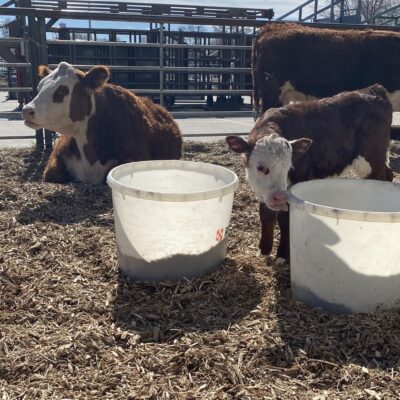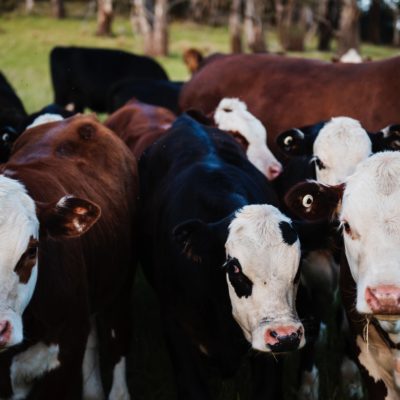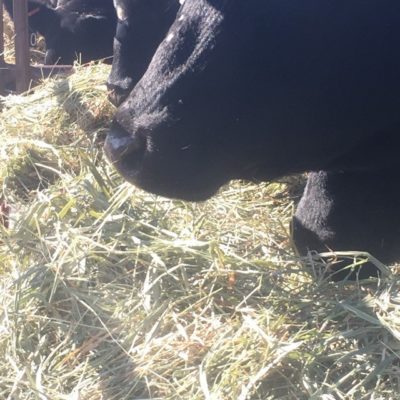I don’t like political topics; however, with the buzz surrounding the new green deal, those of us in the beef industry need to speak up. Beef producers truly do provide a nutrient dense, environmentally responsible product. North American beef producers have made strides toward increased efficiency and environmental responsibility.
Greenhouse Gasses
In the past 20 years, United States beef producers have decreased the amount of methane by 18% and nitrous oxide by 12%. Canadian producers have decreased total greenhouse gas emissions by 15%. These improvements come through the use of technology such as implants, genetics, and precise diet formulations and supplementation. These gases only make up 2% of US greenhouse gas emissions according to the EPA.
Carbon Dioxide
Carbon dioxide is a major greenhouse gas associated with agricultural industries. In the beef industry, the majority of carbon dioxide emissions are the result of burning fossil fuels. These fuels are mostly associated with crop production, fertilizer spreading and transportation. The carbon emissions associated with transportation is an argument for local food sources more than non-meat food sources.
Methane
Methane emissions, currently coined ‘farting cows’ by the media, actually come mostly from belching. Ruminants, including beef cattle, bison, sheep and goats, have a large population of gut microbes which produce methane gas as a by product. Grass fed-beef produces more methane as a byproduct to production than cattle fed high concentrate diets. The microbes utilize grass, crop residues, and other by products inedible to humans to provide cattle with nutrients they need to produce muscle. Meat produced then becomes a good source of protein, iron, b-vitamins and other key nutrients for humans.
Nitrous Oxide
Nitrous oxide is another green house gas associated with beef production. When the diet is too high in protein, manure is high in nitrogen waste which volatilizes into nitrous oxide. This nitrogenous waste can be reduced through precise ration balancing and supplementation strategies. Feed sampling can play a role in offering cattle diets to meet their protein requirements, but not exceed them. Additionally, precise application of manure to cropland can decrease this waste by replenishing the soil’s nitrogen stores through nutrient cycling. Soil and manure analysis should be utilized for application recommendations.
Feedlots
Confined feeding systems often get a bad rap when it comes to their environmental impact. Dust and odor associated with large feedlot locations are responsible for this misconception. Manure in large quantities does result in the volatile compounds, causing an unpleasant odor. However, many farm managers use manure analysis to determine how to apply the waste on nutrient deficient cropland. This use of manure can help preserve the natural cycling of nutrients through the soil, plants and animals. Additionally, manure is beneficial to soil health. By providing a carbon source and introducing microbial populations, manure builds organic matter in the soil.
Feeding cattle in confined areas with a balanced ration has improved beef production efficiency. Advancements in technology and utilizing feed reports to build a balanced diet to meet the animal’s nutrient requirements results in less wasted resources. Over the past 20 years, carcass yields in the United States have increased by 29% and the number of cattle raised for beef consumption has decreased by 33%. We are producing more nutritious beef products with fewer animals, utilizing fewer resources through strategic management in the feedlot.
Cattle on Cropland
When the vast and fertile grasslands of the Midwest were plowed for crop production, carbon was released from the soils. In natural grasslands carbon is sequestered in soils and established plant roots. Recently, there has been a movement toward improving soil health. The goal of this movement is to build the organic matter, soil structure and replenish nutrients that were depleted from decades of row crop farming.
As a part of this goal, cover crops are utilized in cropping rotations to keep living roots in the ground, prevent erosion, and support diverse microbial communities that build soil structure. The integration of cattle grazing cover crops has allowed this practice to be more economical for the producer. Grazing cover crops adds manure to crop lands and tramples the lower portions of the forage into the soil. The addition of manure and plant material reduces the need for synthetic chemical application and preserves the natural nutrient cycle of diverse species of plants, animals and soil microbes.
The addition of cover crops and beef cattle grazing to crop land not only builds soil health, it also benefits wildlife. A diverse cover crop mix supports a diverse microbial community below the soil and a diverse ecosystem above the soil. Cover crops provide habitat for small mammals as well as many species of birds.
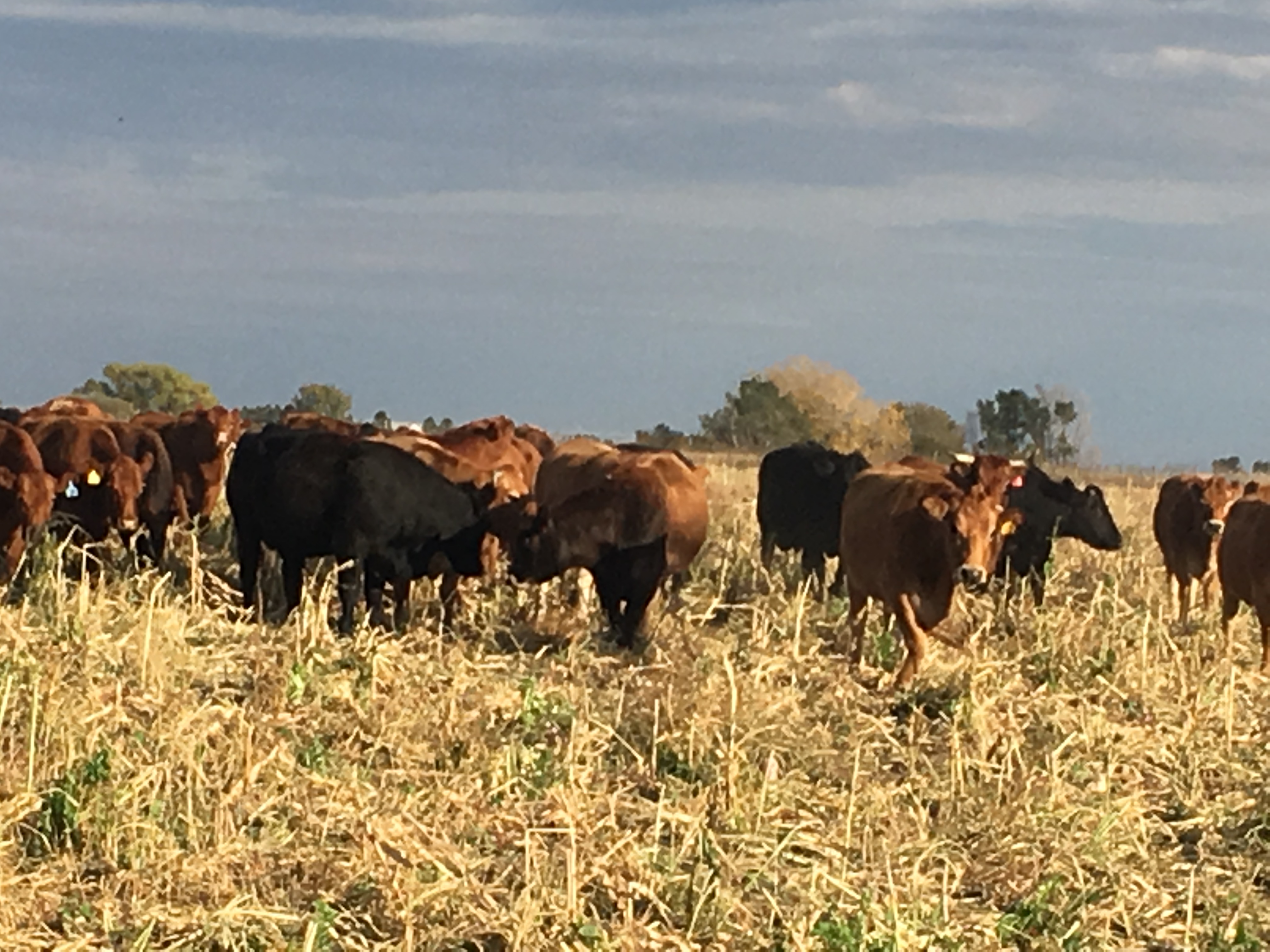
Grassland Ecosystems
Grasslands make up a large portion of North America. Much of this land does not support row cropping. Therefore, large ruminant species are the only option to put these resources into food production. Large ruminants have always been apart of these grassland ecosystems, particularly as buffalo. Buffalo no longer roam these vast lands and instead, beef cattle have taken their place.
Similar to their role in grazing cover crops, beef cattle consume otherwise inedible forages and convert it into a highly nutritious product for human consumption. Meanwhile, they play a role in the natural nutrient cycle and building soil health. Ranchers utilize grazing management tools to improve range and grasslands. Cross fencing, rotational grazing, and water and mineral placements are all examples of tools ranchers utilize to control the movement and grazing behavior of their cattle.
Cattle grazing grasses to different heights across the landscape supports a diversity of small mammals and birds by creating niche habitats within the larger ecosystem.
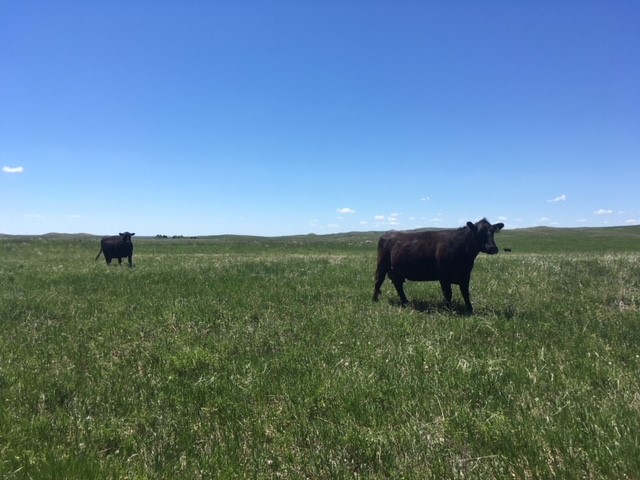
Environmental Stewardship
Beef cattle producers already have an incentive to preserve the land: to continue their livelihood and future generations. However, those outside the industry may not know that producers who excel at preserving the land and maintaining an environmentally sustainable production system are honored and emulated. The Leopold Conservation Award is one example of how those producers who exemplify excellent stewardship are celebrated.
The Leopold Award is given out in 14 states each year. Most states participating are major beef production states including Nebraska and South Dakota. The award is given to private land owners who make a conscious effort to preserve habitat for diverse species populations. Creating and conserving habitats for waterfowl, Monarch Butterflies, and pollinator species is an example of management practices producers may implement to earn this award.

The producers who do earn the Leopold Conservation Award did not make the improvements to their land simply to win the award. They are beef producers who continuously work the land ethically year in and year out often for decades and through multiple generations. The award serves as a platform to tell the story of the cattlemen’s successful stewardship of the land. This way, other producers can follow their lead and determine if they are on the right path toward conservation of precious land and resources.
In conclusion, as more of these ‘new green deal’ ideas are spread, it is imperative that we tell the world our story. We need to tout the improvements in efficiency we have made as an industry. We need to show the public that we care about the environment and the land. Beef is a nutrient dense food produced from inedible forages and byproduct concentrates. Through the rise of integrative agriculture and precision agriculture, feed, soil, and manure testing are tools a producer can use to make their operation more economically viable as well as environmentally responsible and sustaining.
Beef production is a continually improving, already green deal.
For more information:
https://thecarbonunderground.org/defending-beef/
http://www.beefresearch.ca/research-topic.cfm/environmental-footprint-of-beef-production-6
https://sandcountyfoundation.org/our-work/leopold-conservation-award-program

